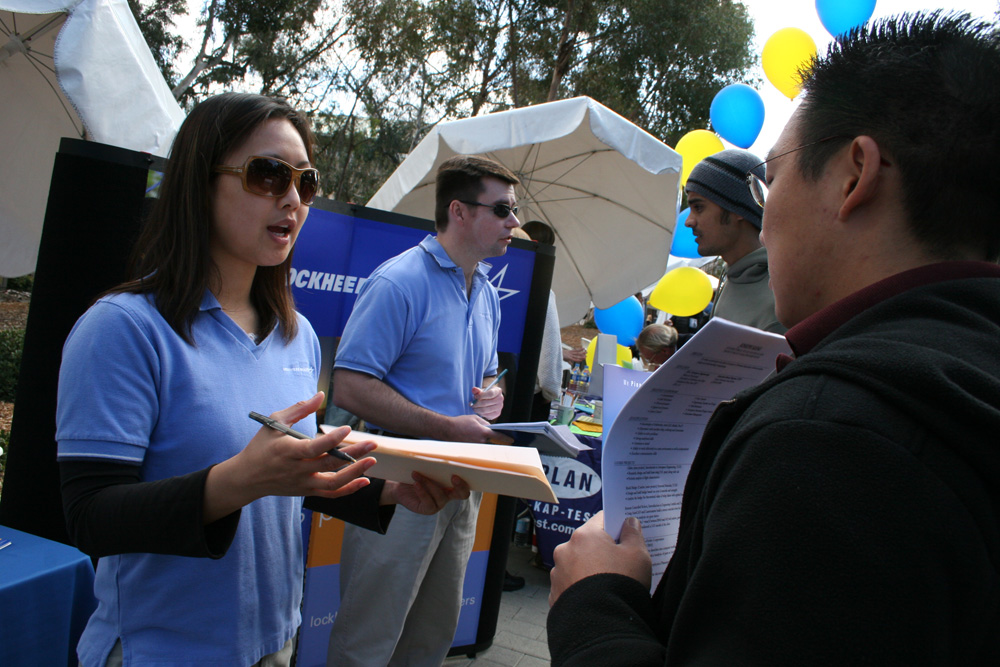Archivist’s statement

Camp La Jolla Military Park is a collection of objects, sites, and events that bring the past and the present together in order to preserve a moment in our ongoing military heritage. Just as museums make the history of war tangible, this project represents the history and current research curriculum of an educational institution that works with the defense industry.
In 1949 the U.S. War Department was reorganized as the Department of Defense (DoD). This conglomeration unified the branches of the military to share resources while codifying ongoing military preparation as a service to the nation. The cultural form of military museums also makes war necessary by glorifying men and machines, justifying its means with an end. The museumification of warfare becomes necessary to its production.
In a museum, objects, events, and imagery are archived and organized according to their relationships to each other. Camp La Jolla Military Park is a database that uses this process of recording to understand the University of California, San Diego’s relationship with industrialized defense. This project evokes the museum in name and mission by placing sites, events, and participants into an archive.
Like the museum, Camp La Jolla is defined by the process of collecting. Its compilation required interviews, research, and exploration of sites to find relationships that were not previously visible. In a time of vast information gathering, the database becomes the appropriate form through the ability to store and provide multiple options for its representation.


This database uses geographic coordinates, creating a relationship to the history of this place in order to understand its current uses. The interface is analogous to a military reconnaissance system, allowing the ability to plot locations on a map, identify and record relationships between participants, and provide keywords to facilitate comprehension. Requiring multiple definitions of each entry encourages the continued questioning and resolution of their relationships.
This military-like surveillance of the institutions and networks involved in the matrix of defense creation can be made tangible through the vernacular form of military heritage. Just as the methodology of collecting overlaps with that of historical preservation, so too does the collection borrow the name and presentation of the park. The designation, “National Military Park”, is reserved for battle sites preserved by the U.S. federal government to conserve the objects and spaces from critical moments in our nation’s history. This definition is applied to the Camp La Jolla database and its contents in order to preserve this moment of global conflict.
Objects in this collection adhere to the U.S. National Register of Historic Places (NRHP) classification for types of properties. The types, which are used by the National Park System in their designations, are building, district, object, site, and structure. Similar to this form of classification, the brochure, website, and exhibitions of the collection create an interface by attempting to describe it. Locating history on a map, like a national park tour, is an accessible form of delivery that enables us to form relationships, defining ourselves within the context.
As the public use of the word for war migrates again, from defense, now to security, our relationship to its production shifts also. The construction of this park, inspired by the fact that this university is located on a former military base and, like many others, conducts research and collaboration with the defense industry, intends to combine the past and present, to question the continued training of young Americans in the service of defense.

Credits
Park Archivist
Assistant Archivists
- Charles Erwin
- Evan Lecklider
- Tiffany Leung
- Keith Samson
- Lily Xu
Contributors
- Front page photograph provided by the San Diego Historical Society
Project support
- San Diego Fellowship, University of California, San Diego
- Center for the Humanities Fellowship Award, University of California, San Diego
- Russell Foundation Grant, University of California, San Diego